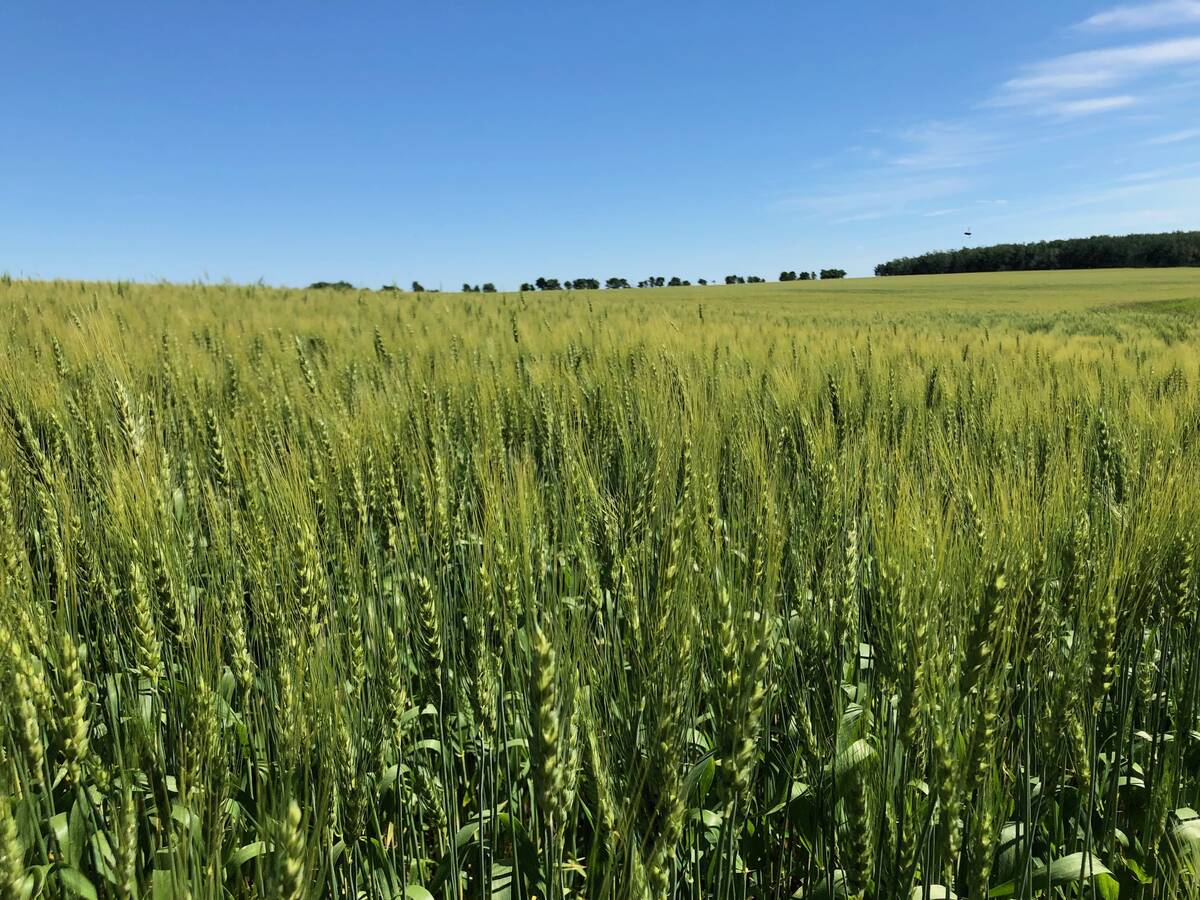A seeding season of uncertainty ahead in U.S. trade

As farmers begin to seed Alberta’s 1.5 million acres of irrigated land this growing season, it is full steam ahead regardless of the uncertainty of the trade wars ahead.
U.S. president Donald Trump put a 90-day reprieve on his “Liberation Day” of sweeping global tariffs last month, but some still remain in Canada, which is also dealing with retaliatory tariffs from China.
Follow all our tariff coverage here
Read Also


Getting greener: How Prairie cereals have reduced their carbon footprint
Cereals Canada released several reports on March 20 highlighting the relatively small environmental footprint of Canadian wheat, durum, barley and oats compared against other top-producing countries.
It has been a dizzying couple of months of uncertainty for various industries, but the diversity that irrigated agriculture provides can steady the uncertain trade waters to some degree.
“Four per cent of Alberta’s agricultural land that is being cultivated is under irrigation, yet that four per cent is close to 30 per cent of Alberta’s agricultural GDP. It really punches above its weight,” said Alex Ostrop, chair of the Alberta Irrigation Districts Association and board member of the St. Mary River Irrigation District.
“It’s not just important as far as getting different yields, it’s also important for getting a totally different crop mix that otherwise wouldn’t be possible. It’s the crop mix that allows for more local value-added processing as opposed to commodity exports.”
That internal value-added processing potential certainly weighed into producers’ plans for 2025 as uncertainty circled several agriculture producer organizations in February to early April. However, in the end, farmers are focusing on the things they can control rather than the things they cannot.
“When we stop and think about it, it is a different environment. We have to adapt. Now that seeding is just around the corner, farmers are putting their head down and just focusing on getting their crop in the ground and growing their crop,” said Ostrop, who farms in southern Alberta near Grassy Lake.
“Commodity prices will be impacted, trade relations will be impacted. Even demand will be impacted. Earlier in the year, farmers did take a look at their crop mix and rotation to see if there was an opportunity to mitigate some risk. But in the end, our opportunities as an individual grower are relatively limited.”
Canadian and American agriculture producers have enjoyed a positive trade relationship over the years, engaging in nearly $73 billion worth of two-way agricultural trade in 2023. The U.S. imported about $40.5 billion worth of that trade.
More than 60 per cent of Canada’s agri-food exports head to the U.S., making the nations’ agricultural relationship with each other one of the largest in the world.
“The outward pressure and uncertainty that impacts crop prices certainly adds a level of stress to this season,” said Ostrop.
“We’ve enjoyed a positive relationship economically with our giant trading partner to the south for so long, and that’s not something we have thought about in the past. But it’s certainly at the forefront of our mindset going forward. Definitely we are in a different environment now with an added level of stress.”
Source: producer.com


